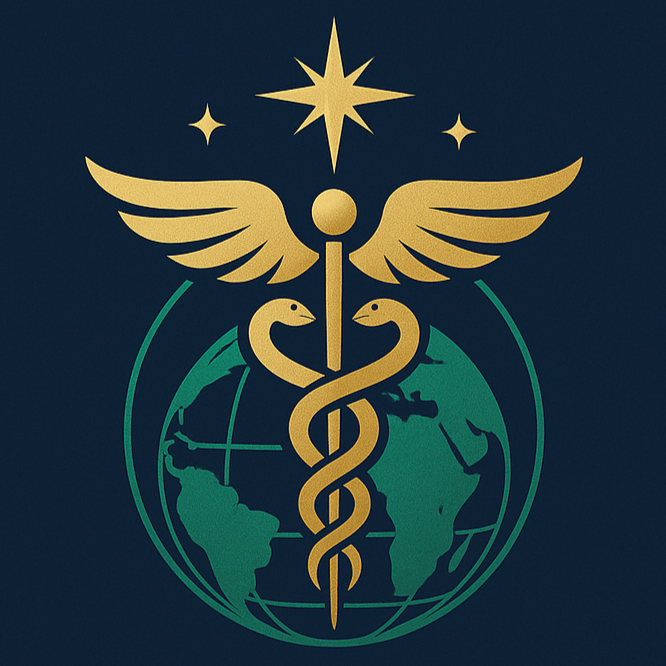Hematopoietic Stem Cell Transplantation (HSCT)
造血幹細胞移植 (HSCT) 有助改善血液惡性腫瘤及部分實體腫瘤(包括高復發風險或已復發的患者);亦能運用在挽救骨髓衰竭患者的預後。
HSCT for Hematologic Malignancies, Solid Tumors, and Bone Marrow Failure
Patients diagnosed with hematologic malignancies—such as non-Hodgkin's lymphoma, Hodgkin's lymphoma, acute myeloid and lymphoblastic leukemia, and myelodysplastic syndromes (MDS)—as well as those with bone marrow failure syndromes (e.g., severe aplastic anemia) may require high-dose therapy followed by autologous or allogeneic hematopoietic stem cell transplantation (HSCT) to control or potentially cure their disease. Additionally, certain solid tumor patients (such as those with brain tumors or germ cell tumors) may also benefit from high-dose chemotherapy followed by autologous HSCT as a salvage therapy.
Treatment Features
In addition to autologous transplantation, allogeneic transplants may come from related or unrelated donors, with human leukocyte antigen (HLA) matching being either complete or partial (e.g., haploidentical donors). The sources of hematopoietic stem cells include bone marrow, peripheral blood stem cells, and umbilical cord blood.
Treatment Course
- Pre-transplant evaluations include assessment of the disease status (prior treatments and progression) and comorbid conditions, such as cardiopulmonary function tests. For autologous HSCT, the quantity and storage condition of the harvested stem cells are assessed. For allogeneic HSCT, donor availability and HLA compatibility are crucial factors.
- A suitable conditioning regimen (either reduced intensity or myeloablative) and stem cell source must be selected.
- Most patients (excluding those with immunodeficiencies) require pre-treatment regimens involving high-dose chemotherapy and/or total body irradiation (TBI). During allogeneic transplants, prophylactic medications against acute graft-versus-host disease (GvHD) are also administered.
- Stem cell infusion is usually performed in a laminar airflow room to maintain sterility.
Post-Transplant Care
After transplantation, patients receive supportive care, which includes blood transfusions, granulocyte colony-stimulating factor (G-CSF), antibiotics, and parenteral nutrition to aid recovery and reduce complications.

Risks and Complications
Early Complications (Within 30–60 Days Post-Transplant)
-
Hemorrhagic cystitis
-
Endothelial injury syndromes:
-
Veno-occlusive disease (VOD)
-
Capillary leak syndrome
-
Engraftment syndrome
-
Diffuse alveolar hemorrhage
-
Transplant-associated thrombotic microangiopathy (TA-TMA)
-
Idiopathic pneumonia syndrome
-
-
Infections
-
Bacterial infections
-
Fungal infections
-
Viral infections
-
-
Graft-versus-host disease (GvHD)
-
Acute GvHD or chronic GvHD
-
Late Complications
-
Infertility and gonadal dysfunction
